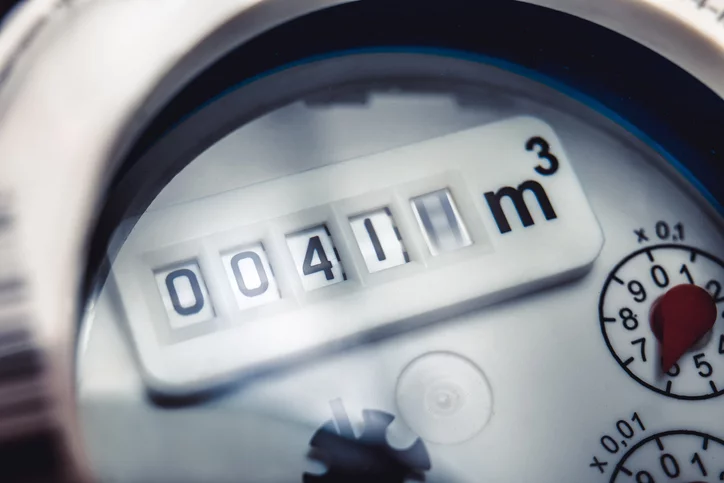What is drought and how can we help?
Drought happens when there is a lack of rainfall for a long period of time, resulting in a shortage of water that can last for weeks, months, or years. This means the ground can get very dry, and it will take time for any rain to soak through the soil to refill our underground stores of water. These are known as aquifers.
We depend on enough rainfall over the autumn and winter months to top up our reservoir levels and underground sources. If we don’t receive enough rainfall, then we’ll see water companies’ placing temporary restrictions, such as a hosepipe ban to help save water and ensure that water supplies are maintained and our environment is protected.
This has a big impact on our environment affecting the natural habitats of our wildlife. Farmers will also struggle to grow crops that rely on rainfall. In extreme cases, drought can cause wildfires.
No water company wants to restrict their customers use of water, but this is one of the steps companies take to manage a drought alongside things like reducing leakage, and maximising sources of supply. They all have a drought plan in place to ensure that everyone continues to receive a reliable water supply for our essential needs.
Water companies’ must do everything they can to address leakage from their own networks and help with leaks on their customers’ private pipes and we can all help to ensure that our water supplies go further by doing everything we can to use water wisely.
We have plenty of tips to help you save water.



